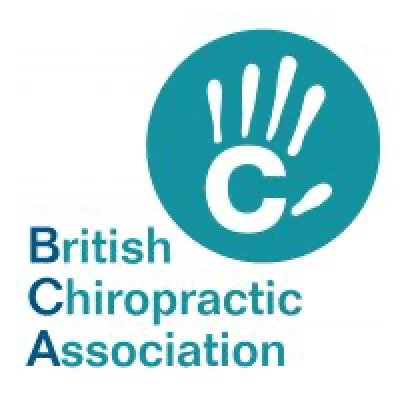Why Do I Have Knee Pain?
Why do my knees hurt? Do I need to stop exercising to make my knees feel better? The simple answer is no. It might seem like the wrong thing to do, but exercise can be the best remedy for knee pain.
Interestingly, knee pain is often caused by problems occurring above or below, so at the ankle or the hip. For example weakness and instability in the ankle may cause strain on the knee. Similarly weakness in the hip muscles causes strain on the knee which increases your pain. By strengthening and improving these weaknesses it may help to relieve the pain.
Another contributing factor to knee pain is tight muscles around the knee. If the muscles are not moving as they should, then they prevent the knee from moving as it should. Tight muscles can be helped through: massage, stretching and foam rolling.
What knee conditions can exercise help?
Exercise is an important form of rehabilitation for any knee injury or knee pain. Sometimes we can manage our knee pain with exercise and stretching, but in some cases we need further intervention if there has been significant trauma to the knee.
Some conditions exercise can help with:
– Patellofemoral Pain
– Osteoarthritis
– Chronic Degenerative Meniscal Tears
Other knee injuries:
– Ligament Strains
– Tendonitis
– Ligament or Tendon tear
– Meniscus and Cartilage Damage
– Dislocated Kneecap
– Bursitis
– Gout
Although exercise can help the above injuries, a strict rehabilitation plan is needed to get the knee back to full strength and functioning how it should. Depending on the severity of the injury, surgery may be required. Exercise prior to surgery is important as it can help get your knee strong pre surgery.
Exercises to help with knee pain:
Straight Leg Raise
Lie on your back with your legs straight. Extend one leg, foot slightly flexed. Rest your hand at your sides on the floor.
Tighten your thigh muscles and slowly lift the leg in the air. Pause, then slowly lower your leg to rest on the floor. Finish all repetitions then repeat with the other leg.
Ensure you keep your abdominal muscles contracted, keep your hips on the floor as you lift your leg and exhale as you lift.
Prone Leg Lift
Lie on your tummy with your legs extended and your arms by your side or under your forehead for support.
Gently tighten your core muscles by keeping your abdominal engaged. Keep your knees straight then slowly elevate your right leg up towards the ceiling. Hold your leg straight in the air for 3 seconds then lower your leg to the floor.
Ensure you do not rotate your back or pelvis while lifting your leg up.
Wall Sit
Start with your back against a wall with your feet shoulder width apart and slightly away from the wall.
Engage your abdominal muscles and slowly slide your back down the wall until your thighs are parallel to the ground. Make sure your knees are directly above your ankles.
Keep your back flat against the wall and hold for 20-60 seconds. Then slide back up the wall to a standing position.
Side Lying Leg Lift
Lie on your right or left side (whichever you want to start with) with your legs straight. Bend your right forearm upwards and rest your head on your hand.
Keeping your legs straight, slowly lift your left leg up towards the ceiling. Pause, then slowly return to the starting position. Finish all the repetitions then repeat on the left side.
Stretches:
Quadricep Stretch
Stand on the floor with your feet shoulder width apart.
Bend your right knee and bring the heel towards your right buttock. Reach back with your right hand and take hold of your foot. Hold the stretch for 30 seconds then slowly lower your foot to the floor. Repeat the stretch with your left leg.
Ensure you stand straight, keep your bent knee aligned with the hip and do not let it point out to the side.
Hamstring Stretch
Extend your legs out in front of you, toes pointing up and feet slightly apart, with the soles of your feet against a flat wall.
Slowly reach forward towards your toes, hold this for 10 seconds and then sit back up.
Glute Stretch
Place your ankle across your opposite knee, and pull your ankle upwards while pushing downwards on your knee (of the side being stretched).
You will feel a stretch in your bottom. Hold this for 20 to 30 seconds.
Give these exercises and stretches a try at home. If your legs feel tight or you need any advise then book an appointment with Sports Therapist Gabby.
Read onto our next article by Louise ‘Perineal Tears’.































